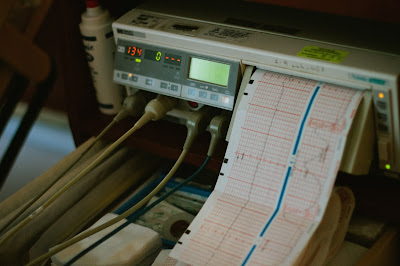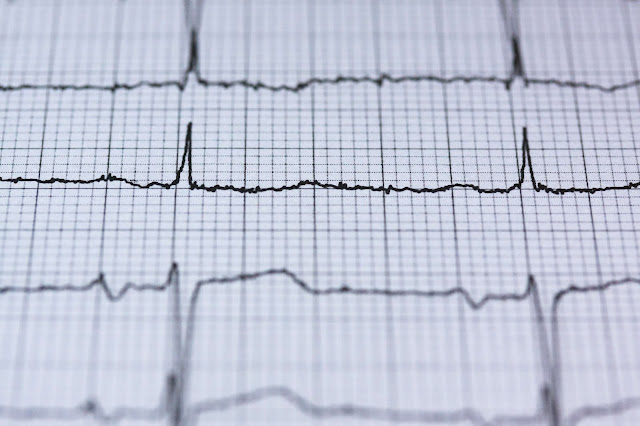How to lose weight at home: step by step instructions Decided to lose weight, but don't know where to start? We offer you step-by-step instructions on how to start losing weight at home (or in the gym) . This memo is suitable for both men and women, regardless of age and the number of extra pounds. A successful weight loss process consists of two components: a balanced diet and physical activity. So, where do we propose to start losing weight? NUTRITION: STEP BY STEP INSTRUCTIONS STEP 1: REMEMBER THE MAIN RULE OF LOSING WEIGHT The first step on the way to getting rid of excess weight is to remember the main principle of losing weight for yourself. You lose weight when you eat less food than your body can handle during the day. In this case, energy begins to be drawn from the reserve reserves on the body - fat deposits. Therefore, in essence, the process of losing weight is reduced to eating restrictions and creat...
10 Symptoms of a heart attacck
In such a snowstorm, vessels suffer. People with heart problems got to be especially careful.Alas, weather sensitivity is not a myth. Especially acute due to weather changes, such a snowstorm, for example, as today, the number of visits to doctors is increasing. People with cardiovascular or other chronic diseases are vulnerable. and also with problems of the musculoskeletal system, bronchopulmonary system. Unfortunately, during periods of temperature or pressure drops, the number of strokes and heart attacks increases. And in itself such snowy weather in spring is stressful.
Medically, a heart attack is the death of part of the heart muscle due to insufficient blood flow to it. They call it a heart attack or coronary thrombosis. An attack occurs when one of the blood vessels supplying the heart muscle becomes clogged with a blood clot. Or there is a spasm of the artery that feeds the myocardium - the heart muscle. Most often this happens under the influence of stress.
Heart Attack Symptoms
- Unpleasant sensations in the chest, stitching pain.
- Cough.
- Dizziness.
- Shortness of breath.
- Pallor with a grayish tinge.
- Feeling of fear, panic.
- Nausea.
- Anxiety.
- Cold sweat on the face.
- Vomiting.
A person who is having a heart attack primarily feels chest pain. Then the discomfort spreads to the neck, face and arms, and sometimes even the back and abdomen. The pain can last from several minutes to many hours. Usually, a person feels a little better if they change their position or lie down.
What is "silent heart attack"?
People over 75 years of age and with diabetes may experience a “silent heart attack” that is not accompanied by pain at all. About one fifth of these heart attacks are not diagnosed. Cardiac muscle damage in silent heart attack survivors progresses because it has not been identified or treated.
- Age is considered the main risk factor for heart attack. Most often, a attack overtakes men over 45 and ladies over 55.
- Attacks of angina pectoris (lack of nutrition of the heart muscle). Often, heart attack and angina pectoris are confused because their symptoms are very similar: chest pain and shortness of breath are observed in both cases. But the symptoms of angina pectoris are relieved by taking special drugs for 15-30 minutes, but not a heart attack.
- Elevated blood cholesterol or atherosclerosis. With these diseases, the risk of blood clots and blockage of blood flow in the vessels of the heart is increased.
In addition, risk factors for developing a heart attack include:
- Diabetes.
- Hypertension.
- Fatty food.
- Obesity. The maximum permissible waist circumference for women is 94 centimeters, for men — 102 centimeters. Exceeding these values increases the risk of cardiovascular disease.
- Smoking.
- Lack of physical activity.
- Stress.
- Genetic predisposition. Those whose relatives have suffered from heart attacks are at increased risk of developing the disease.


